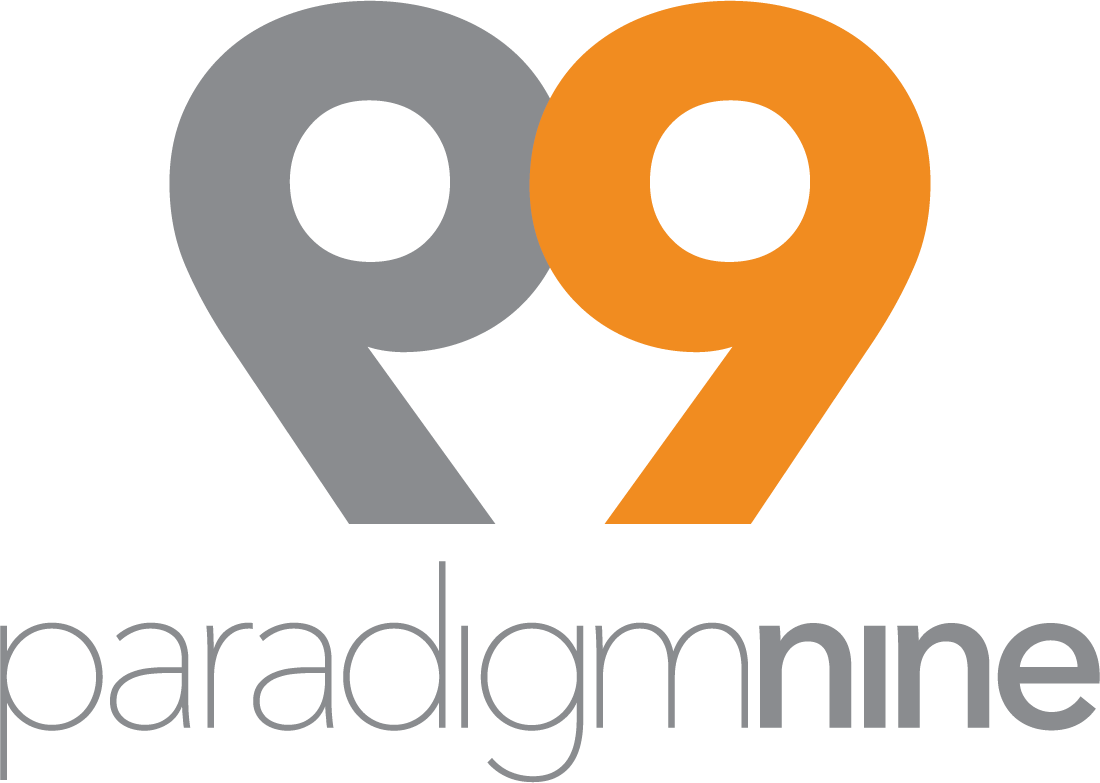
25 years ago, Bill Gates coined the phrase “Content is King” in an essay he wrote predicting that the internet would become a marketplace for content. The concept certainly still holds true today and in fact has become the very foundation on which professional communicators and marketers stand on. In other words, compelling content is table stakes.
Before you or your communications team finalize that next blog post, social media content, or website update, check out these top five do’s and don’ts to ensure your content reigns supreme.
1. Solve a problem.
DO: Show your audience how you can solve their most pressing issues. Do your research to understand their pain points and create content to show them how you can solve it. Be creative with your solutions and do not be shy to push the limits, a little. Get creative. As long as your content is not offensive, there really is no limit to what you can do.
Try this: Create how-to content to educate and inform your audience. When your organization launches a new product or solution, film a short video demonstrating how it will fit into your customers’ lives with ease. Literally show them how to use your product. You do not always need a professionally produced video. A good smartphone and some basic editing will do the job.
DON’T use a one-size-fits-all approach. While using templates and consistent frameworks may be efficient, they may not always apply. Instead, customize your templates for the subject matter at hand.
2. Get personal and tell your story.
DO: Connect your audience to who you are, why you started your business (if you’re an entrepreneur) and what you stand for. Now, more than ever, people are looking for connection and what better way to achieve it than by simply sharing your story?
Try this: Create “inside-out” content and give your audience a behind-the-scenes look at your organization. Feature all levels of employees (CEO and down) sharing their views on trending topics in your industry, what it is like to work at your company, or fun tips for how your team is coping with working remotely (as it applies). Be sure to capture candid footage of the people you are featuring, including home offices, to humanize your brand. Also, consider these simple rules for your “About Us” page: 1/ be authentically you, 2/show your face with photos, 3/be clear on how your professional experience will help others solve their problems (see #1).
DON’T focus solely on your professional experience in your storytelling. Share a little bit about yourself and what fuels your passion.
3. Leverage the voice of your customer.
DO: Create opportunity to gather user-generated content (UGC) – videos, images, testimonials from your customers sharing their experience with your products/services. This approach is growing in popularity and is proving to be a good way to connect with your audiences while creating greater awareness of your brand. Fact: According to Hootsuite, “consumers are 2.4 times more likely to view user generated content as authentic, compared to content created by brands.” People are more likely to trust their peers rather than solely taking the word of the company trying to sell them a product. UGC will also provide you with subject matter for future use, insight to improve your processes and products and help put your finger on the pulse of your audience. When you act on UGC, you are showing your audience you care about their opinion. This is a surefire way to build to trust.
Try this: Launch a contest on one of your social media platforms, such as Instagram or Facebook, inviting your audience to share an image or video of how they use your products. Share their images (with their permission, of course) on the same platform to create excitement and to engage potential customers. Here’s another suggestion: conduct an online poll or survey asking for opinions on a particular subject, then use the results in upcoming content or for product development.
DON’T inundate your audience with contests, polls or UGC. Strike the right balance with content created in house to build creditability.
4. Be a relied upon expert.
DO: You know your products and services better than anyone. Customers will look to you to be the expert in your field, so you need to find ways to educate and inform your audience with compelling content. Here is an example: one of our clients is in the home décor business with a 5,700 square foot product showroom and workroom. They carry hundreds of brands and thousands of options of wallpaper, fabric, and drapery hardware, to name a few. Their core business is to cater to interior designers who are looking for solutions to outfit their clients’ homes. With so many choices, many feel overwhelmed. Our client is very much in tune with this feeling so periodically, the CEO will host webinars to focus on one key product, such as drapery hardware and how designers can best pair the right drapery style and fabric with the most appropriate hardware. This approach accomplishes a few things: 1/ it educates designers and reduces stress, helping to complete a project (see #1), 2/ it positions our client as an expert, 3/ it drives business into our client’s showroom. Everyone wins!
Try this: If you are not into hosting a webinar, try an online poll or survey or simply invite your audience to post a question in the comment field of a social media post. Follow-up with answers and share key take-aways, resources and insights. See #3. Starting to see a pattern?
Don’t get into topics that are outside of your area of expertise. It can be dangerous and may hurt your credibility. If you do not know the answer to a question, be honest and promise to find an expert who can help answer it.
5. Let the numbers do the talking
DO: If content is king, then data most certainly is queen! Solid data with substantiated sources can be the ground on which to base decisions, a useful tool to measure the effectiveness of your content, help improve processes, and drive product/service improvements, etc. When you create content, be sure to gather as much data as possible through research on the relevant topic. Once you select key data points, the real challenge is in making it interesting for your audience.
Try this: Format your content into an infographic with iconography, images, data, and copy to make a compelling case. We recently surveyed over 900 public relations pros from all over the world and 93%, of the survey respondents, agree that an effective infographics always include key data points. It is critical to tell the story behind the numbers; otherwise, it is all but useless. Stay tuned for an upcoming blog specifically on how to use Infographics as compelling content.
Don’t use numbers and data as stand-alone content. Context is key to helping your audiences translate the data into meaningful and useful information.
At ParadigmNine, a key part of our process is to invest time, up front, to research and dig deep to create the most relevant and compelling content to help shape our clients’ story. Get in touch to learn more about how we can help you unlock the power of communications with meaningful, high-value strategies to engage the people who matter the most to you.

Recent Comments